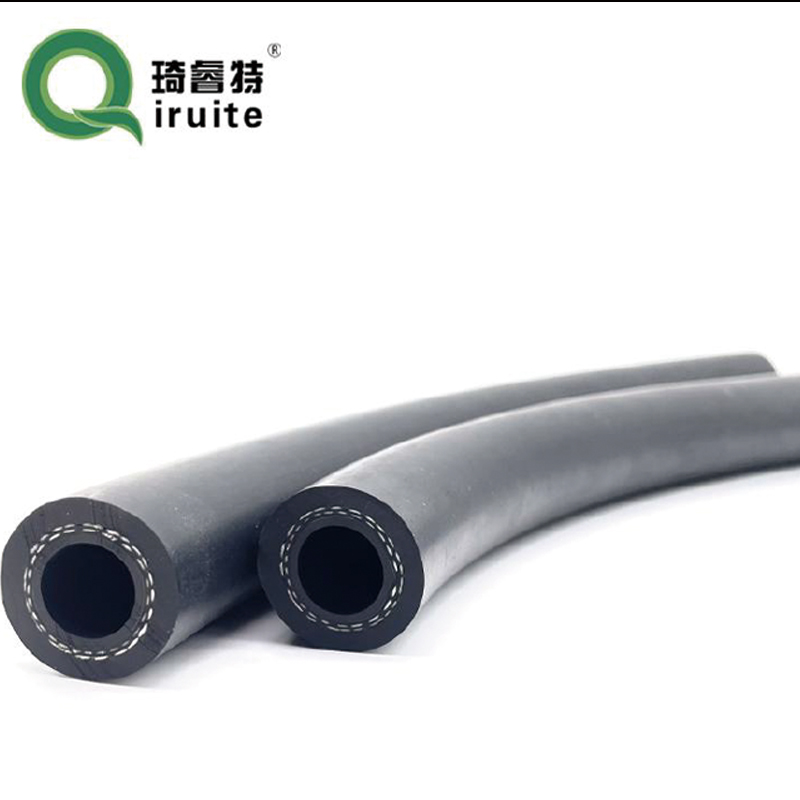Understanding Brake Line Functionality and Importance for Vehicle Safety
Understanding Brake Lines Essential Components of Vehicle Safety
When it comes to vehicle safety, one cannot overlook the critical role of brake lines. These essential components are integral to the braking system, facilitating the safe operation of automobiles, trucks, and other vehicles. Understanding brake lines, how they function, and the importance of maintenance can not only enhance the safety of drivers and passengers but also contribute to the overall performance of a vehicle.
What Are Brake Lines?
Brake lines are flexible tubes that carry brake fluid from the master cylinder to the brake calipers or wheel cylinders at each wheel. These lines are crucial for hydraulic brake systems, which use fluid pressure to activate the brake pads and ultimately slow down or stop the vehicle. Typically made of either rubber or metal, brake lines must withstand high pressure and remain durable under various environmental conditions.
How Brake Lines Work
When the driver presses the brake pedal, a force is exerted on the master cylinder, which then generates hydraulic pressure in the brake lines. This pressure travels through the brake fluid, reaching the brake calipers. When the fluid reaches the calipers, it forces the brake pads against the rotors, creating friction that slows down the vehicle. This hydraulic system is favored in modern vehicles for its efficiency and effectiveness.
Types of Brake Lines
Brake lines can be categorized into three main types rigid brake lines, flexible brake lines, and braided stainless steel brake lines
.1. Rigid Brake Lines These are typically made of steel and are found in areas of the vehicle where there is little movement, such as along the chassis. They are more durable but can corrode over time if not properly maintained.
2. Flexible Brake Lines Made of rubber or a rubber-like material, these lines are essential for areas where movement and vibration occur, primarily between the chassis and the wheels. They allow for flexibility as the suspension system moves.
3. Braided Stainless Steel Brake Lines These are a more durable and higher performing alternative to standard rubber lines. The braided exterior prevents expansion under pressure, providing a firmer brake pedal feel and quicker response times.
brake line

Signs of Brake Line Issues
Like any other vehicle component, brake lines can deteriorate over time. Drivers should be on the lookout for warning signs that indicate potential issues. Common symptoms of failing brake lines include
- Fluid Leaks Puddles of brake fluid under the vehicle can indicate a leak in the lines. Brake fluid is typically clear or light yellow and has a distinct odor.
- Soft or Spongy Brake Pedal If the brake pedal feels soft or spongy when pressed, it may indicate air in the brake lines or insufficient brake fluid.
- Increased Stopping Distance If a vehicle takes longer to stop than usual, it could be a sign of deteriorating brake lines or other issues within the braking system.
- Visible Damage Cracks, bulges, or visible corrosion along the brake lines can compromise their integrity and require immediate attention.
Maintenance and Replacement
Regular inspections and maintenance of brake lines are vital to ensuring safe driving conditions. A qualified mechanic should check brake lines during routine maintenance visits, especially before long trips. If any issues are detected, prompt replacement or repair of the affected lines is necessary.
Preventive measures can also help extend the lifespan of brake lines. This includes avoiding driving on poorly maintained roads, which can put undue stress on the suspension and braking system, checking for fluid leaks regularly, and replacing worn brake pads in a timely manner.
Conclusion
In summary, brake lines are a fundamental component of a vehicle’s braking system, directly impacting safety on the road. Understanding their function, recognizing the signs of wear, and conducting regular maintenance can help ensure that a vehicle’s braking system operates efficiently. Remember, when it comes to vehicle safety, proactive attention to brake lines can make all the difference between a safe journey and a potentially dangerous situation. Keep your brakes in top condition, and you’ll ensure safer travels for yourself and others on the road.
-
Ultimate Spiral Protection for Hoses & CablesNewsJun.26,2025
-
The Ultimate Quick-Connect Solutions for Every NeedNewsJun.26,2025
-
SAE J1401 Brake Hose: Reliable Choice for Safe BrakingNewsJun.26,2025
-
Reliable J2064 A/C Hoses for Real-World Cooling NeedsNewsJun.26,2025
-
Heavy-Duty Sewer Jetting Hoses Built to LastNewsJun.26,2025
-
Fix Power Steering Tube Leaks Fast – Durable & Affordable SolutionNewsJun.26,2025

